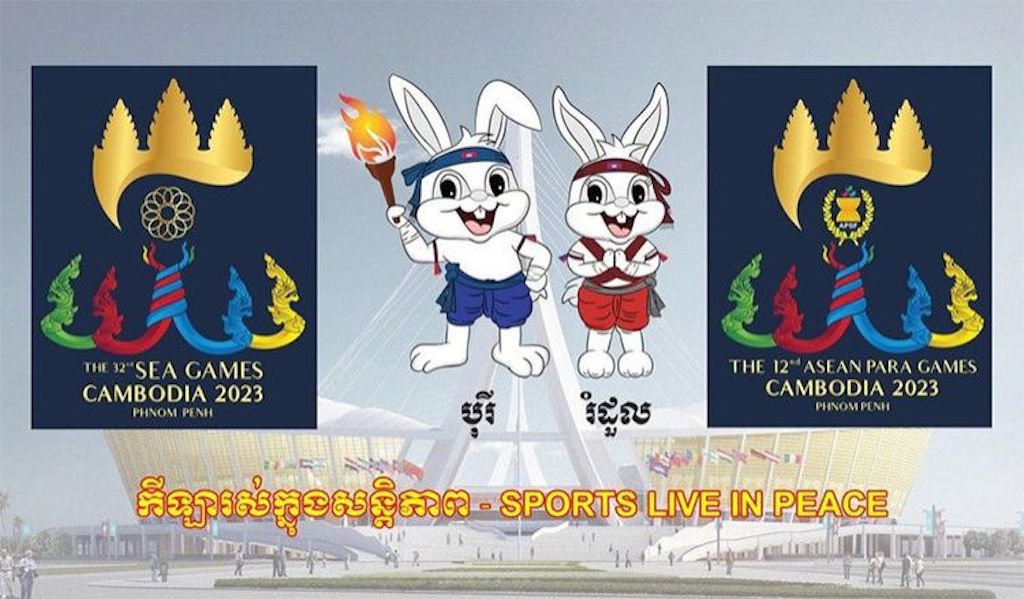By Frankie D’Cruz
The coverage by Radio Televisyen Malaysia (RTM), the country’s sole broadcaster of the Southeast Asian (Sea) Games, has been, in one word, awful.
It has put Malaysians to sleep, with dismayed sports fans expressing frustration with what they are seeing – or not seeing – out of Cambodia.
Annoyance has grown over the national broadcaster’s weak commitment to live competition and its breadth of coverage.
The grumbling has been loud because RTM has failed to muster enthusiasm, with pitiful broadcasts over its free-to-air Okey and sports channels.
It’s not okay to make the five-year-old TV Okey the prime channel for the biennial games because not many know of its existence.
Going by the irksome presentations, it is definitely not the channel that will crank up the crackling optimism ignited by the Malaysian contingent of 677 athletes.
Public-funded RTM has thrown away a great opportunity to dominate the fight for living-room eyeballs.
Pay television operator Astro, which takes the feed off RTM, has limited its reportage to highlight clips on their sports and news programmes.
The reluctance to expand its Sea Games minutes at the expense of cheap comedy and soap operas will spoil the indelible moments created by our sportspeople in many sports.
All the fun of watching the games communally, which is probably most of the fun, has gone.
Apart from religion, sports is the only common thread that binds people together and helps in developing a feeling of patriotism and unity.
Making the nation rally behind their athletes, to celebrate their commonalities and put the differences aside, builds and defines the character of a country.
It is perplexing that RTM seems reluctant to exploit its wide reach to help in elevating qualities among the youth such as discipline, determination, teamwork and a passion for fitness.
Served up are woeful offerings of constant highlights, re-runs, and too much talking from trying-too-hard commentators and TV hosts.
What it really means is that television execs do not believe the Sea Games sports are compelling enough to hold our interest.
They might have a point; too many sports have been added to the programme, and they cannot please niche audiences with wall-to-wall coverage.
But what about the sports audience at large, the people who do not get to watch football matches involving Malaysia live, for instance?
Wasn’t it RTM that had spent more than RM17 million to secure the rights to air 75 Malaysian football league matches this season?
Are the viewer complaints based more on emotional reactions than facts?
The Cambodia Sea Games organising committee had on April 1 announced that broadcasters would not need to pay any fees for the broadcast rights for the event, from May 5-17, and for the Asean Para Games from June 3-9.
It stated that except for broadcasters who had prior written agreements with the organising committee, international broadcasters had to liaise with their respective national olympic committee to attain the status of “Rights Holding Broadcaster”.
The host broadcaster, Cambodia Sports Television, is responsible for the international broadcasting centre, telecommunication services, promotional videos, vignettes, and matters related to broadcast and production services.
RTM’s cost was confined to the operations in Cambodia and expenditure such as transportation, accommodation and meals for its team.
We would like to know the expenses incurred by RTM, but we will never get it, just as we are still waiting for the 2017 KL Sea Games accounts to be made public.
Will the ministers of youth and sports and communications and digital tell RTM to provide better, and informed, coverage of Malaysians at the games?
How must it feel for those who constantly urge us to cheer on the athletes, but are watching the games with VIP privileges in Phnom Penh?
This article was first published on FMT
MARKETING Magazine is not responsible for the content of external sites.









